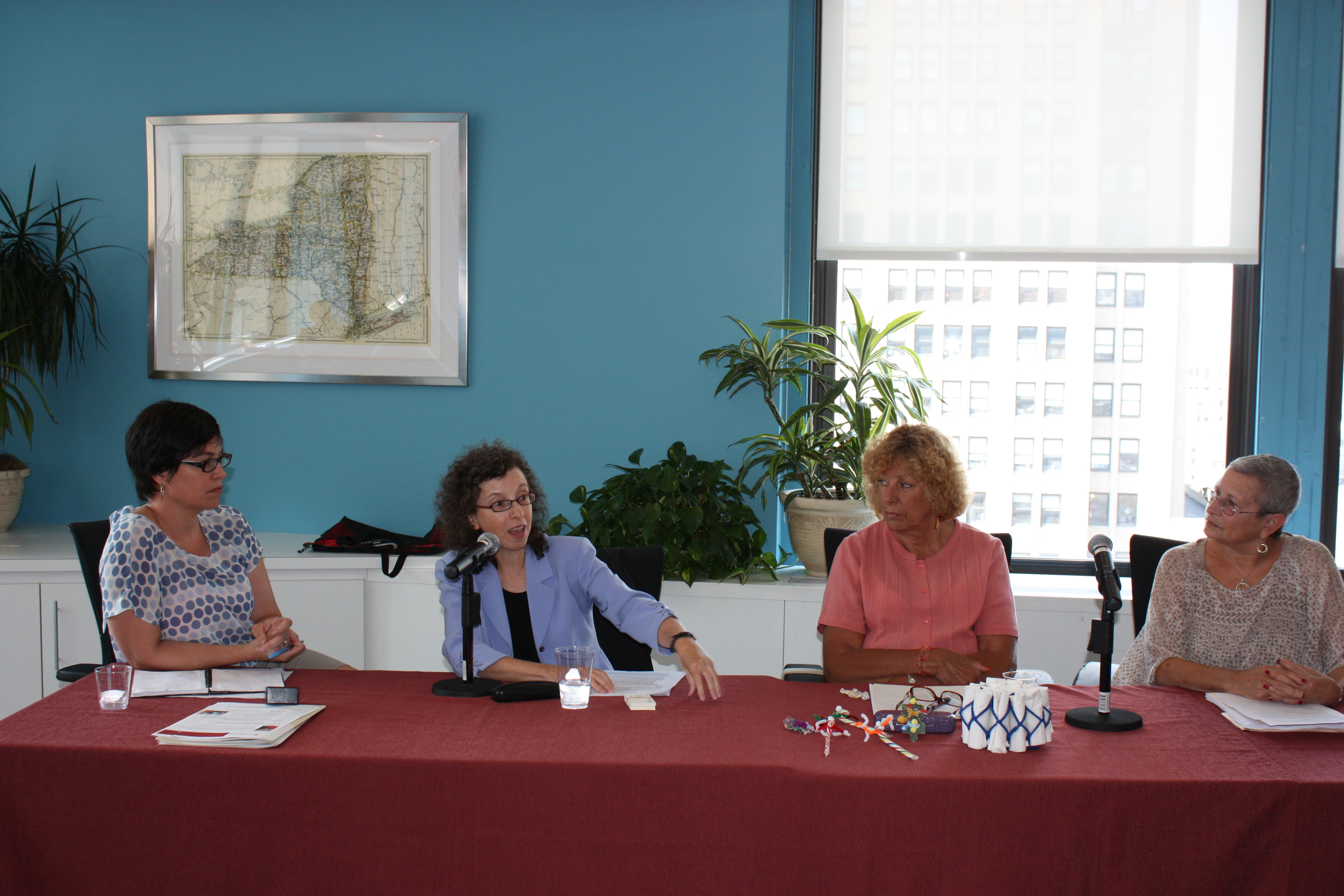Date
June 20, 2016
Related Links
Manhattan Times article about the power of connections through one ArchCare TimeBank member's story. Executive summary of findings from an evaluation of the TimeBank Watch a video blog about grassroots time bankingTime banking is an internationally recognized intervention that creates opportunities for members to exchange services. For every hour a member contributes toward meeting the needs of another member, he/she earns a redeemable hour to use for receiving services. There are a number of types of time banks: national time banks, grassroots time banks, government-supported time banks, and time banks embedded into health care organizations and health insurers. Time banks can also be created to address specific purposes such as caregiving for the aging or improving health outcomes.
Some health plans have adopted time banks as a way to connect their members and reduce the social isolation and loneliness that can have a negative impact on treatment compliance and overall health. Some primary care practices in the United Kingdom, for example, have time banks embedded in their offices where clinicians routinely give out prescriptions for patients to join the time bank. In Maryland, the time bank has been voted a best practice for getting transportation to the doctor for residents lacking access to vehicles.
Ms. Blech began the conversation with examples of the impact time banking can have on members’ mental health, citing the importance of people feeling useful, needed, and supported. She shared the story of Betty, a woman in her 60s who had been a caregiver to her mother for 20 years. After Betty’s mother passed away, Betty quickly became depressed and struggled to function because she had lost her sense of purpose. Ms. Blech said, “I called her and I said the three magic words—time bank words—it was ‘Betty, I need you.’” Enrolling in the time bank allowed Betty to draw on her strengths and donate her time by crocheting baby blankets in return for visits from time bank members. The time bank helped restore Betty’s sense of purpose and reduced her social isolation.
Ms. Anderson, a retired nurse and Archcare TimeBank member, shared how she received support from TimeBank members during the pre- and post-operation visits required for her knee and ankle surgeries. Her insurance did not cover transportation or escort services, and she could not realistically afford both. Nine different TimeBank members coordinated their schedules to escort Ms. Anderson to her appointments. “It was not easy being on the flip side of being a nurse,” said Ms. Anderson. “Being a patient was very, very difficult. But the TimeBank helped me through that.” She now contributes to the TimeBank by teaching a conversational English class and making crafts at events. As a part of the TimeBank, Ms. Anderson has made friends and has become very involved in the community.
Ms. Hirshberg shared her experience in starting a time bank in community of Niagara Falls as part of the Healthy Neighborhoods Fund work she leads. “Time banks take the money out of the equation and build social capital,” said Ms. Hirshberg. “Time banks really focus on building the power of the residents.” Ms. Hirshberg noted that churches have been running similar, informal programs for years, and that she is working to introduce a formal structure to deepen and expand those existing networks of sharing and support.
A myriad of services can be exchanged by time bank members, and the types of services are generally guided by the goal of each time bank. In the case of ArchCare’s TimeBank, members can share or receive help with daily living activities (light cleaning, shopping); companionship (visits or calls when homebound, outings if not); transportation and escort during medical visits; and even skill development (crocheting circles, tai chi classes).
The essence of time banking is that everyone has something to contribute, and everyone can benefit from time banking. Ms. Blech gave another example of a time bank member who, after breaking her only leg, was wheelchair bound and did not think she had anything to contribute. That time bank member now volunteers at a local food pantry, welcoming and registering newcomers.
Though no money is ever exchanged in a time bank, creating a successful one does require funding for training and staff. Health care organizations and insurers use time bank programs to extend chronic care benefits to their patients, providing funds to cover staff and screening processes for new time bank members. Ms. Hirshberg shared strategies and approaches for community-based organizations to start time banks outside of the health care system.
Learn more about the ArchCare’s TimeBank through this infographic.

